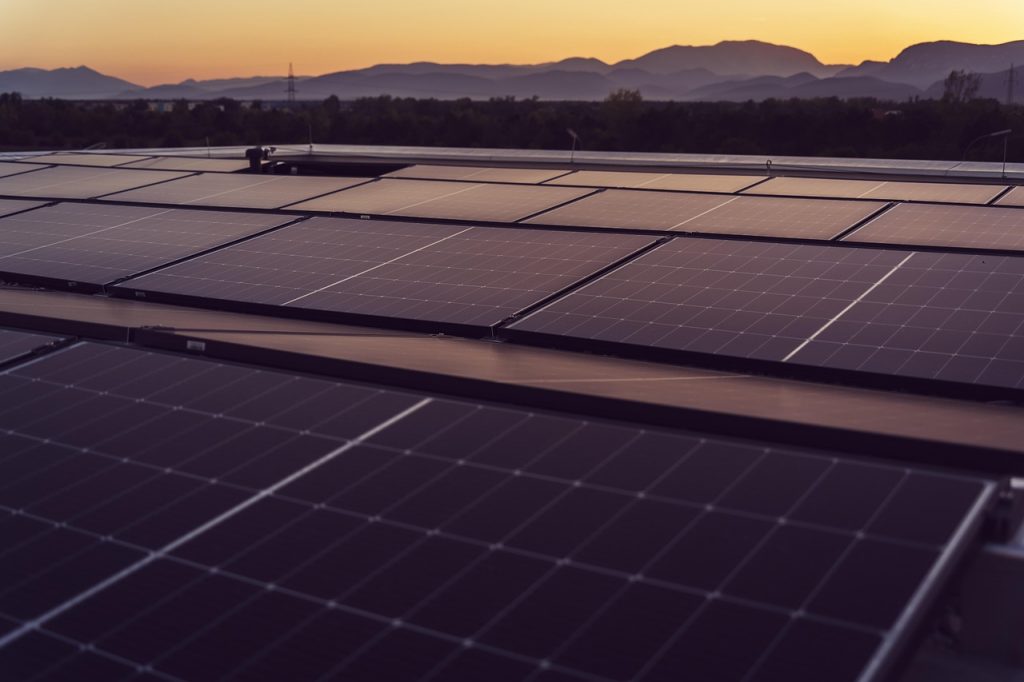
Australia is one of the sunniest continents on Earth, making it an ideal location for harnessing solar energy. With government incentives and rising electricity prices, many Australians see solar as a smart long-term investment. However, like any major home upgrade, installing a solar power system isn’t without its challenges. Before jumping into solar, homeowners should be aware of the potential disadvantages, particularly those unique to the Australian context.
High Upfront Costs Despite Subsidies
Even with generous government rebates like the Small-scale Renewable Energy Scheme (SRES), the initial investment for a solar system can be substantial. A typical 6.6 kW system with a battery can cost anywhere from AUD 8,000 to AUD 15,000. While financing and green loans are available, they still add to household debt and require careful budgeting—especially for families already managing a mortgage and rising cost of living.
Grid Limitations in Regional and Remote Areas
In many rural or remote parts of Australia, the local grid infrastructure is weak or outdated. This can lead to issues with feed-in tariffs being capped or refused entirely. Some networks even limit the amount of energy that homeowners can export, which can reduce the financial return on investment for larger systems.
Performance Drops in High Heat
It’s a common misconception that hotter weather equals more solar power. In fact, excessive heat can reduce panel efficiency. In areas like Western Australia, Northern Territory, or inland Queensland, extreme temperatures can cause noticeable drops in performance during peak summer months—precisely when power is needed most.
Maintenance Challenges from Harsh Weather
While Australia enjoys abundant sun, it also contends with extreme weather: bushfires, hailstorms, cyclones, and dust storms. Solar panels may suffer damage from hail or flying debris, and salt corrosion is a risk for homes near the coast. Insurance can cover some of these issues, but premiums may rise with a solar installation.
Batteries Are Still Expensive and Complex
Home battery storage, such as the Tesla Powerwall or LG Chem, allows homeowners to store solar energy for nighttime use. However, batteries add thousands of dollars to the system and come with their own lifespans, efficiency concerns, and warranty limitations. For some households, the payback period may be too long to justify the additional cost.
Uncertain Government Policies and Feed-in Tariffs
Australian states and territories have different policies regarding solar incentives, and they change frequently. Feed-in tariffs have declined significantly over the past decade, and homeowners can no longer rely on high returns from selling excess power back to the grid. These shifts make it harder to forecast long-term savings.
Solar Energy is A Smart Choice, But Not for Everyone
For many Australian households, especially those with high daytime energy use, solar can still be a wise investment. But the benefits depend on location, roof orientation, grid access, household usage patterns, and financial flexibility. It’s crucial for prospective solar users to assess their situation carefully and speak with qualified solar installers, electricians, or financial advisors.
Before investing in solar, think beyond the sunshine and evaluate whether the long-term savings and sustainability align with your home’s characteristics and your family’s financial goals.